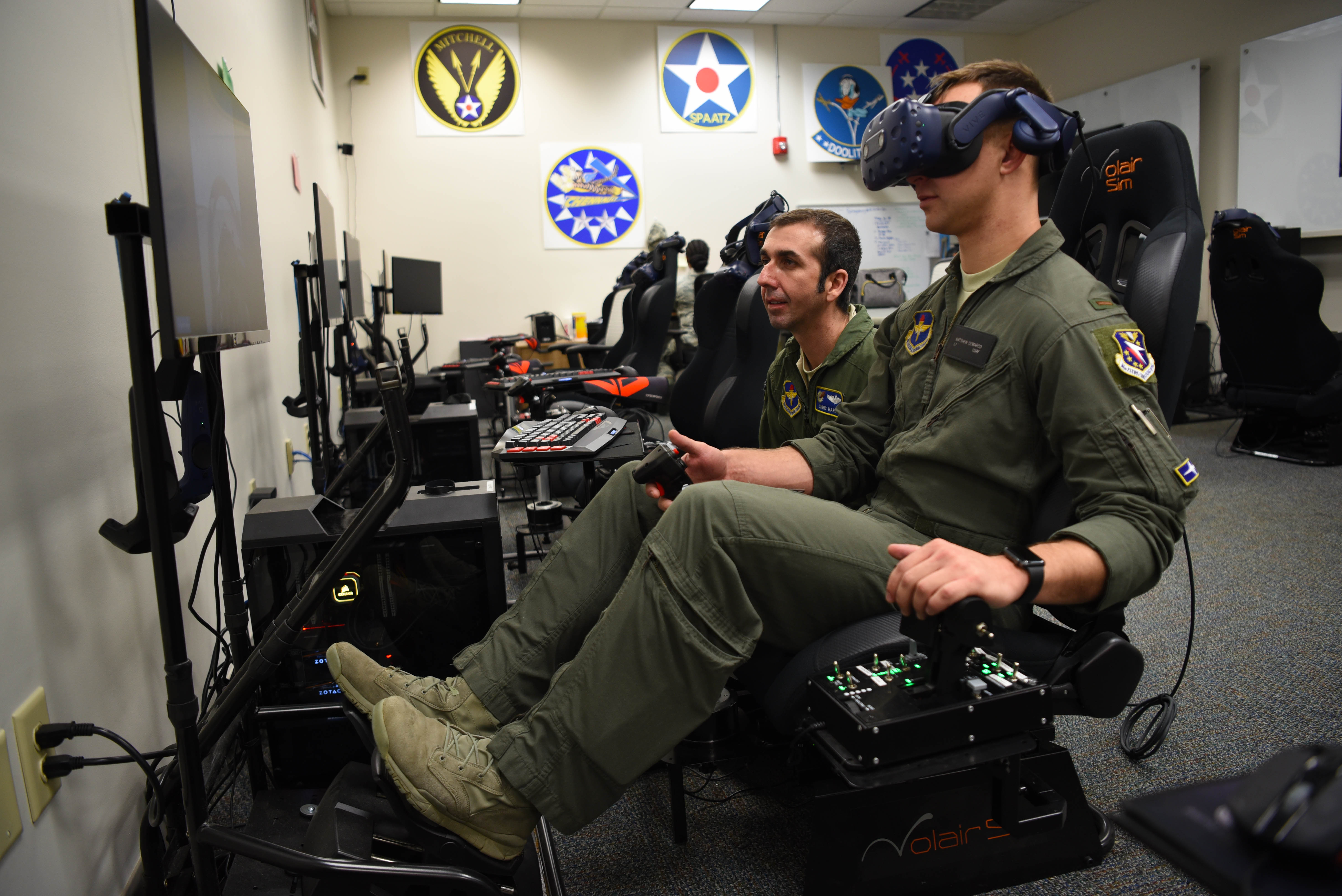
The days of conventional teaching methods have passed, and every industry is undergoing a technological facelift; the same has happened with the flight training industry. The use of modern technological equipment has also impacted the training of pilots in a way that has made it technologically enhanced, safe, and easy to undergo. Technology can also be seen in Flight simulators, Virtual Reality systems, Virtual learning environments, and online learning facilities.
The following are various areas where technology is applied in flight training, focusing on how it influences the quality of the pilots’ tutoring.
Advanced Flight Simulators
The most realized aspect of technology in flight training is the advancement in flight simulators. There are very realistic flight simulators that give the trainee pilots the feeling of being in a cockpit; the purpose of these simulators is to enable the trainee pilots to practice flying the aircraft and how to handle emergencies or even practice their navigation exercises in a safe environment. Today, it is possible to find simulators that control more than one aircraft and have soft and hardware programs that allow for flight conditions such as atrocious weather, mechanical problems, and sea of other air traffic. Their enhancement not only fleshes out the competencies of the pilot but also creates confidence to handle real-life situations, promoting safer practices in flight.
Virtual Environment (VE) and Mixed Environment (ME)
Some of the most popular technologies in the modern flight schools in Florida training are Virtual Reality (VR) and Augmented Reality (AR). Technically known, virtual reality facilitates pilots’ exposure to various aspects of their flying profession through the use of virtual reality without flying. For instance, in VR, one can be trained on the cockpit to interact with the controls and instruments of a particular aircraft model. AR, however, can superimpose digital information over real-world environments and impart real-time information while improving the trainees’ awareness during a simulated operation. It also assists in retaining the information being trained on from the classroom learning climate since these technologies create opportunities for learners to engage in exercises interactively.
Distance Education and Electronic Learning Systems
There is more flexibility in flight training offered by online learning platforms than was previously provided in traditional education. Aligned with this, the current generation of learners can engage with numerous video lectures, online courses, and electronic-based textbooks from around the world. Such platforms can be discussion forums and groups where students can communicate synchronized with instructors and other learners. Also, tests and quizzes that are conducted online enable the students and instructors to be aware of their progress and which areas they need to work on. It is most advantageous for those who cannot enroll in a conventional flight school because of location or money issues.
Data Analytics and Artificial Intelligence AI
The use of big data analytics and artificial intelligence also remains a part of the growth in flight training. Data collected from flight simulators enable instructors to assess a trainee’s output and highlight the qualities, necessary improvement, and standard practices. One more benefit of using AI-driven systems is that such systems can suggest individually tailored training programs for each learner. This approach guarantees that trainees would get the right kind of help they require to get to the level of mastery of their skills. Furthermore, the technology also allows creating situations and making learners practice their decisions in conditions that could be fatal or rarely met in the skies.
Final Thoughts
Technology has impacted flight training in a different light and positively enhanced it by increasing efficiency and effectiveness and making it affordable. That is why modern flight simulators, virtual and augmented reality technologies, online learning platforms, and AI-based systems have positively influenced pilot training programs. These innovations enhance the quality of training and ensure that pilots are well-equipped to face the difficulties of a natural flying environment. In the future, with advancements in technology, it can be expected that flight training will be taken to the next level and will take the safety and efficiency of flights to another level.


